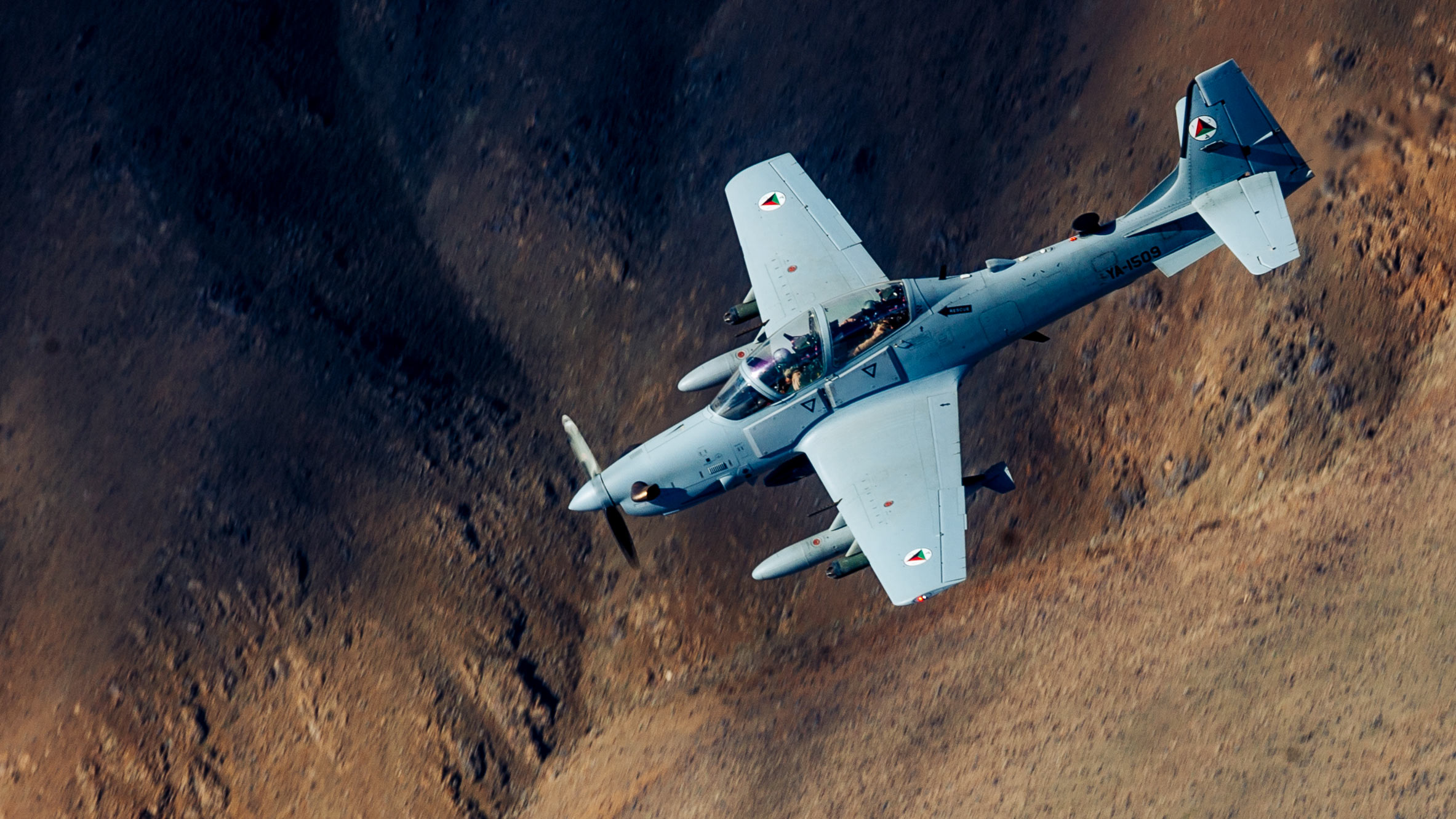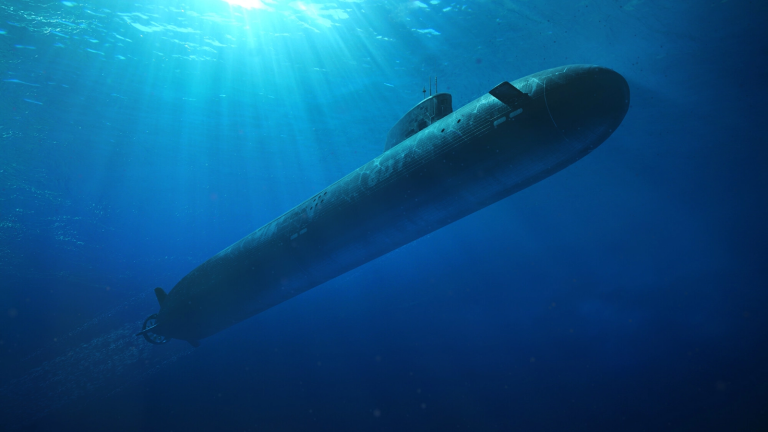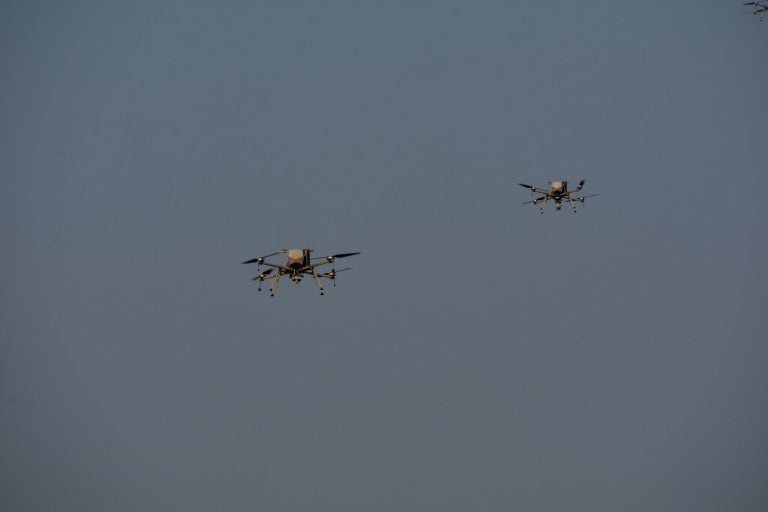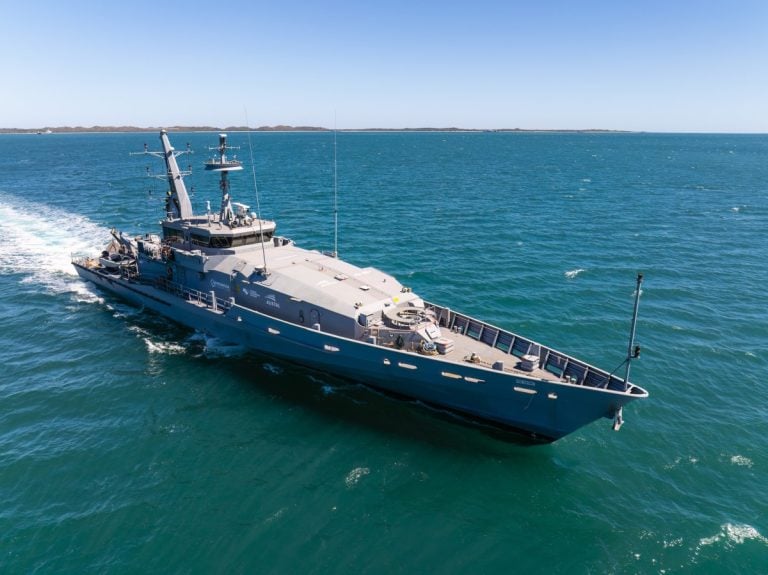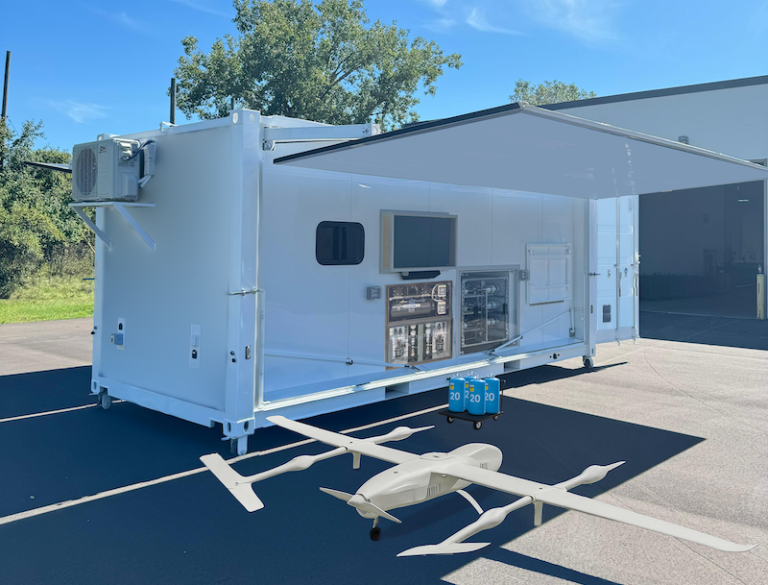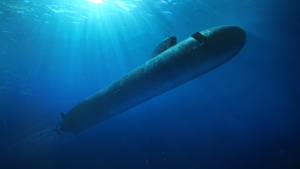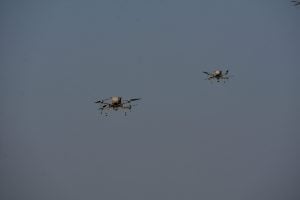Panama has made a significant investment of $187 million to enhance the capabilities of its National Aeronaval Service by acquiring advanced patrol, rescue, and cargo aircraft. This strategic decision reflects the nation’s commitment to bolstering its defense capabilities, particularly in the face of illicit activities across its borders.
A substantial portion of this funding—approximately $78 million—has been allocated to Brazilian defense contractor Embraer for the procurement of four A-29 Super Tucano light attack aircraft. The remaining funds will facilitate the purchase of two CASA C-295 medium tactical transport aircraft, developed by Airbus. These acquisitions are intended to replace the aging fleet of 14 aircraft that has been in service since the 1980s, thereby modernizing Panama’s aerial assets.
The A-29 Super Tucano aircraft are designed for a diverse range of missions including surveillance, close-air support, special operations, drug interdiction, border monitoring, and advanced pilot training. This multi-role versatility is critical for maintaining national security and enhancing operational capabilities.
On the other hand, the CASA C-295 is set to play a crucial role in military logistics, humanitarian aid, search and rescue missions, maritime operations, and firefighting tasks. The aircraft’s advanced technology and capacity will support the Panamanian forces in various operations, ensuring they are equipped to handle multiple scenarios effectively.
A spokesperson from the National Aeronaval Service emphasized that the decision to acquire these aircraft was grounded in comprehensive analysis of various aerial platforms. The objective, as stated, is to ensure Panama has the necessary tools to confront illegal activities within its borders. The spokesperson reassured the public that these aircraft will exclusively serve to protect the country’s airspace, land, and sea.
Regarding specifications, the A-29 Super Tucano measures 11 meters (36 feet) in length and weighs 3,200 kilograms (7,055 pounds). It can be armed with various munitions, including machine guns, miniguns, cannons, and both guided and unguided bombs. The aircraft is powered by a 1,600-horsepower Pratt & Whitney Canada PT6A-68C turboprop engine, allowing for a top speed of 590 kilometers (367 miles) per hour, a service ceiling of 10,600 meters (34,776 feet), and a range of 2,800 kilometers (1,740 miles).
In contrast, the C-295 measures 24 meters (79 feet) in length and has a maximum takeoff weight of 11,000 kilograms (24,251 pounds). It boasts a payload capacity of 9,250 kilograms (20,393 pounds) and can accommodate over 70 passengers. The aircraft is powered by twin Pratt & Whitney PW127G turboprop engines, each capable of producing 2,644 horsepower. It can reach speeds of up to 482 kilometers (300 miles) per hour, operates at a service ceiling of 9,145 meters (30,000 feet), and has a range of 5,000 kilometers (3,107 miles).
The acquisition of these advanced aircraft signifies a pivotal moment for Panama’s National Aeronaval Service, ensuring that the country is better equipped to safeguard its national interests and address emerging challenges in air and maritime security.
